CAR TECH: Vehicle-to-vehicle chats will improve safety

It’s here. Cars can talk to each other. It is currently very limited, with the only vehicles on the road that can communicate with each other being the 2017 Cadillac CTS built since March 2017, but this is an important first step in improving safety for all drivers.
Vehicle-to-vehicle (V2V) communications are done using dedicated short-range communications (DSRC) and Global Positioning Sensors (GPS) that can send a thousand messages per second up to nearly 300 metres of distance between vehicles.
The messages are sent on the 5.9 GHz band and this radio frequency was set aside for automotive use by the United States Congress in 1999 as an unlicensed frequency that can send messages from roadside nodes as part of an intelligent transportation system or from vehicle to vehicle. In Canada, the 5.9 GHz frequency is dedicated for automotive use by ISED (Innovation, Science and Economic Development Canada).
There are many auto manufacturers working on V2V communications including BMW, FCA, Ford, Honda, Audi, Toyota, Volvo and Mercedes-Benz, but Cadillac is the first to actually bring it to market.
While the safety advantages of the system are very limited when it is only on the Cadillac CTS, it is a case of which comes first — the chicken or the egg? As more vehicles enter the marketplace with V2V communications, the safer it will make all vehicles with V2V communications.
So how does it work? The on-board transmitter will send the location, speed, direction and traffic condition out to connected vehicles to warn other drivers of potential hazards that might otherwise be invisible.
One of the priorities of the system is to protect customer privacy. The vehicle does not send out any identifying information such as vehicle serial number, registration information or wireless identity code, and firewalls and encryption are used to ensure the signals cannot be interfered with so they can only be exchanged between valid modules.
To ensure this, a rapidly changing security code is sent out with each signal so only valid signals will be used for information.
One of the signals sent occurs when a vehicle brakes are applied hard. This will flash a caution message and warning chime on the following or receiving vehicle that there is hard braking ahead. This is especially useful on blind curves or hills, in dense traffic or when travelling at highway speeds and gives the following driver additional time to react.
If the stability or ABS system on a transmitting vehicle is activated due to slippery or rough roads, a caution message is received in the following vehicle that there is slippery road ahead. The driver can drive with additional caution.
If the hazard lights are activated or an airbag has deployed on a transmitting vehicle, then the following vehicle receives a caution message that there are hazard lights ahead and a range to the other vehicle is given.
This is especially useful when there is limited visibility such as fog, heavy rain or snow.
Cadillac is leading the way with V2V communications and is committed to pioneering innovative advanced safety technology. V2V supports their vision of Zero Collisions.
Right now the system is limited because it is only on the Cadillac CTS and they won’t comment on ‘future vehicles’ but I would expect future Cadillac vehicles will also include V2V communications, and that other manufacturers won’t be far behind.
A few seconds of warning could make the difference between a safe drive and a serious collision and V2V communications can give us that additional time to help keep us safe.
Even vehicles not equipped with V2V communications can benefit, as their drivers respond to vehicles that have been warned in advance so there are less last second reactions.
Source: The Chronicle Herald

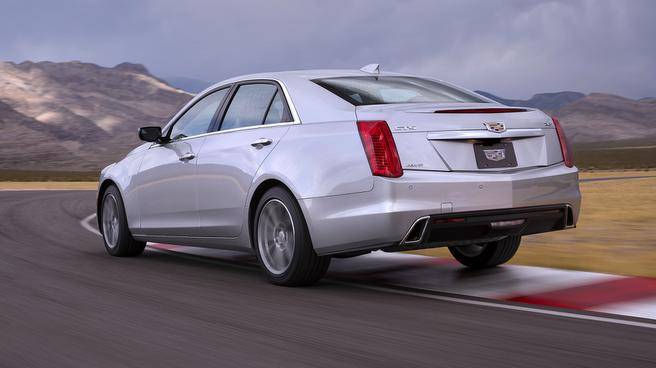
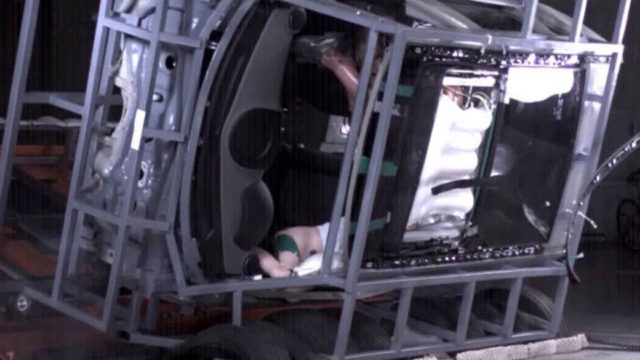
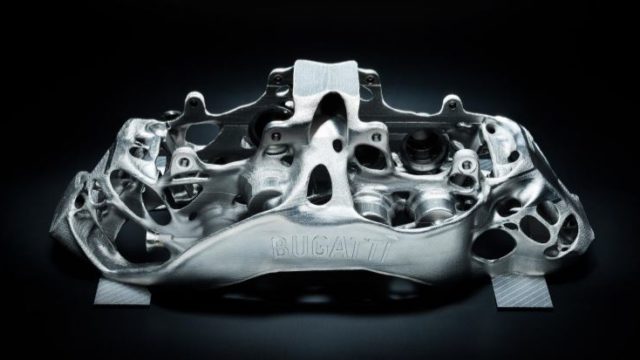
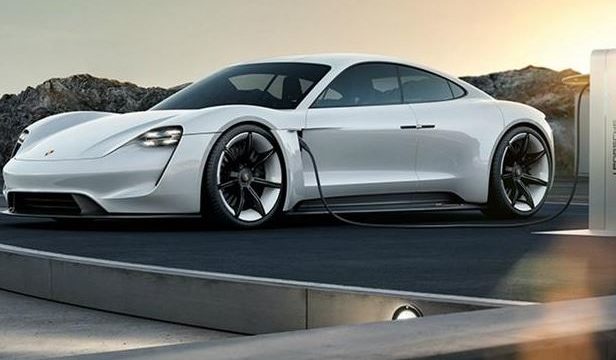
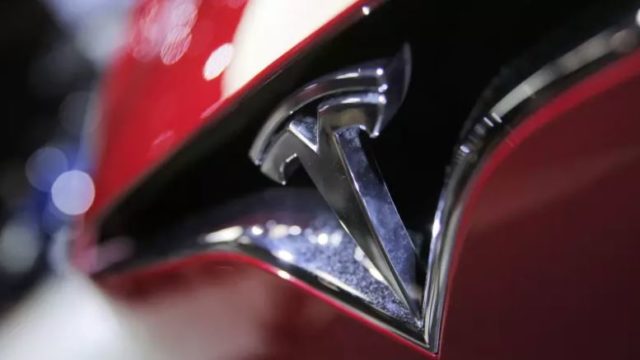
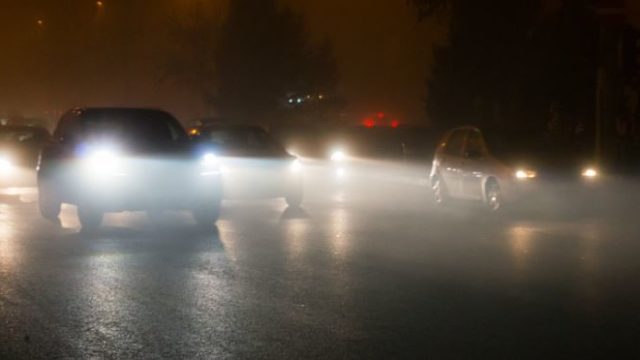
bingobet88.info
Just desire to say your article is as astonishing. The clearness
in your post is simply nice and i could assume you are an expert on this subject.
Well with your permission let me to grab your RSS feed
to keep up to date with forthcoming post. Thanks a million and please carry on the enjoyable work.
furtdsolinopv
This really answered my problem, thank you!